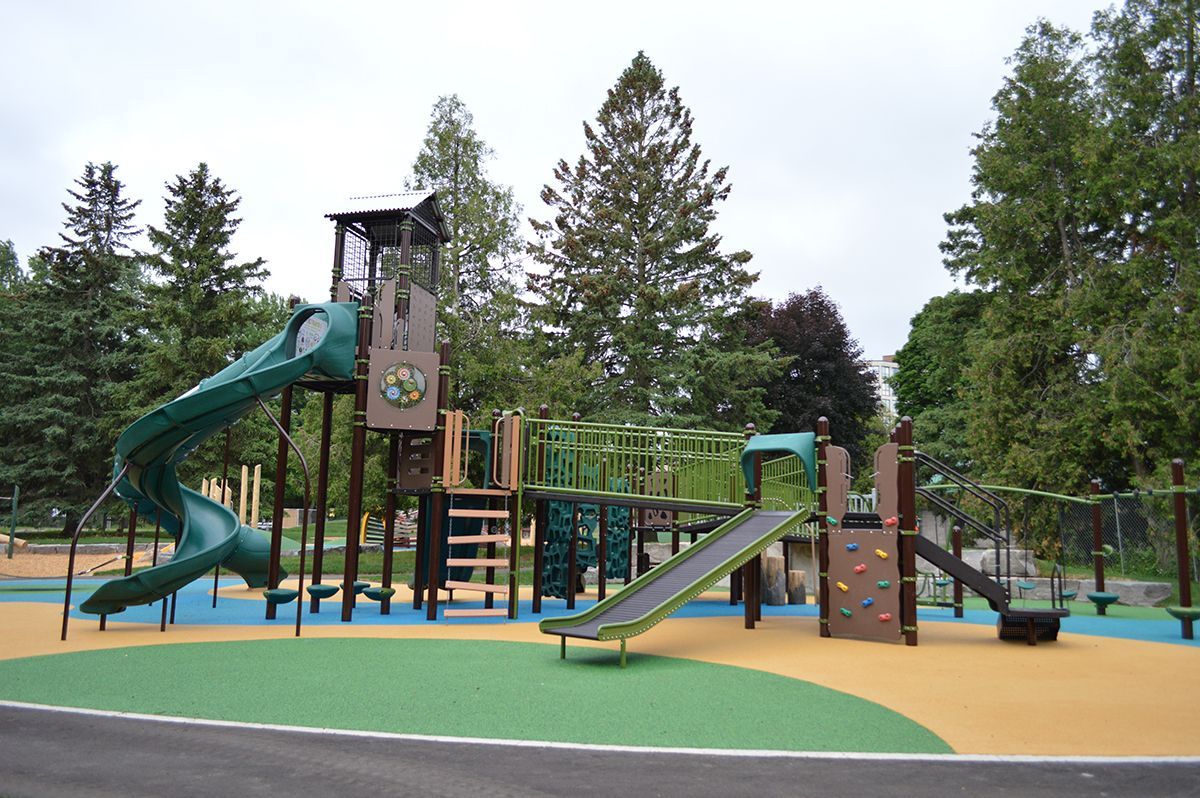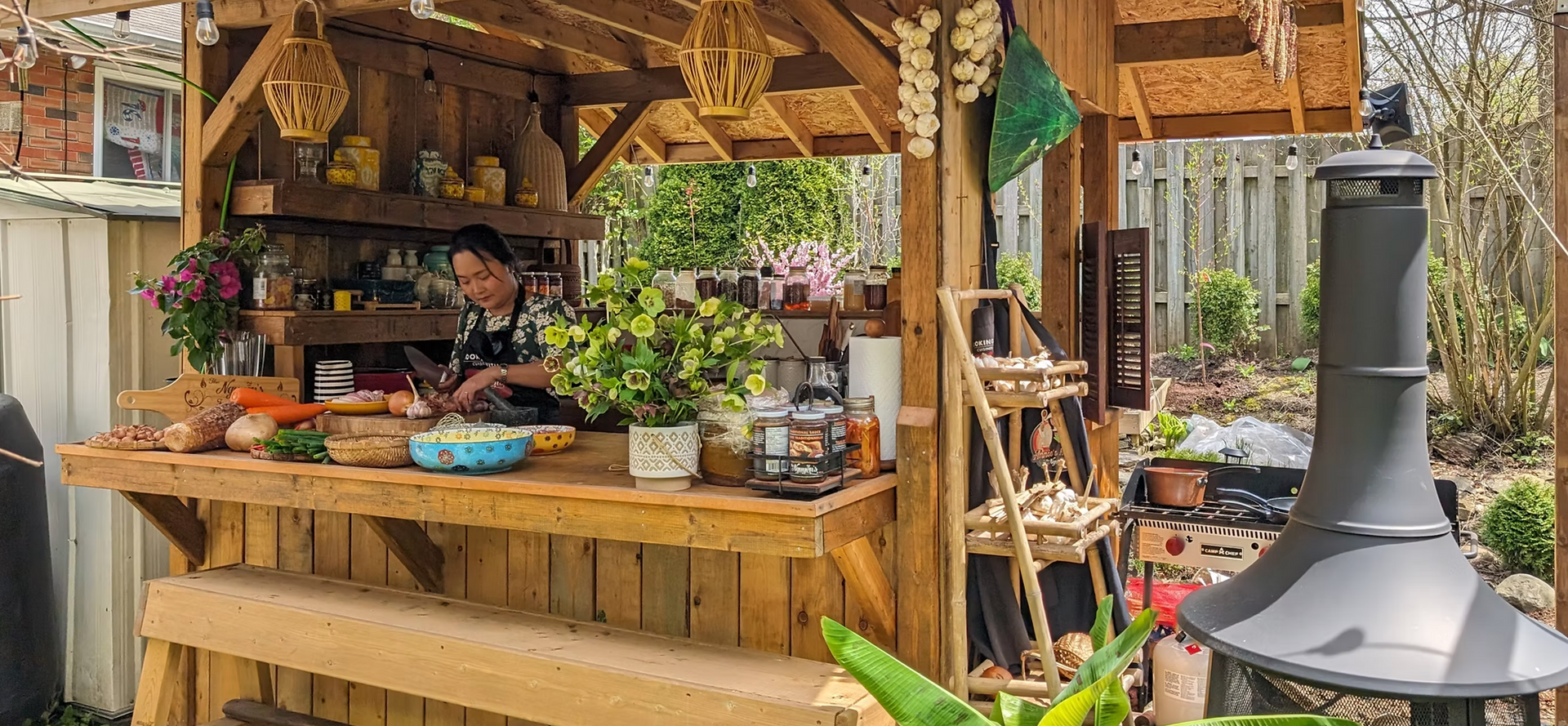Contact me
Email
Cell
Office
Address
Guelph may be best known for its friendly community vibe and picturesque scenery, but did you know it’s also brimming with incredible international eats? If you’re looking for authentic Asian flavours—whether that’s steaming bowls of pho, fragrant Thai curries, hand-rolled sushi, or savoury Chinese stir-fries—you’ll find plenty to satisfy your cravings in this charming city.
Read on to discover five of Guelph’s Top Asian Restaurants!
Cuisine: Vietnamese
If you’re craving fresh, flavourful Vietnamese fare, look no further than The Nguyen's Vietnamese Family Restaurant. The cozy atmosphere and welcoming staff truly make you feel like part of the family. From their aromatic bowls of pho—brimming with herbs, tender beef, and soothing broth—to their fresh salad rolls served with a tangy peanut sauce, you’ll want to come back time and again. Don’t forget to try their lemongrass chicken for a delightful zing that sets your taste buds dancing.
2. Ben Thanh
2. Ben Thanh
Cuisine: Thai
Transport your taste buds to Thailand at Ben Thanh, a gem beloved by locals for its authentic flavours and friendly service. The restaurant offers a wide array of Thai favourites, from creamy coconut-based curries to zesty papaya salads. Whether you like your food mildly spiced or you’re seeking a fiery kick, Ben Thanh is happy to customize the heat level. Round out your meal with a cool Thai iced tea for the perfect balance of sweet and spicy.
3. Taste With Andy
3. Taste With Andy
Cuisine: Asian Fusion / Chinese
Taste With Andy is a must-visit for those who appreciate hearty, comforting dishes that highlight the diversity of Chinese and broader Asian cuisine. With a constantly evolving menu, you can expect everything from crispy dumplings to savoury noodle bowls—all made with fresh ingredients. The relaxed, casual setting is perfect for grabbing lunch with coworkers or a low- key dinner with family and friends. Don’t forget to ask about any daily specials that showcase seasonal flavours.
4. Hanami Izakaya
4. Hanami Izakaya
Cuisine: Japanese
For a taste of Japan right in Guelph, Hanami Izakaya delivers. This stylish spot offers a modern take on classic Izakaya dishes—think sushi rolls, tempura, and flavourful yakitori skewers. The menu emphasizes fresh fish and high-quality ingredients, making the sashimi platters a top choice for seafood lovers. Pair your meal with a glass of sake for a truly authentic Izakaya experience, and don’t miss their rotating chef’s specials that incorporate seasonal produce.
5. Wok's Taste Chinese Restaurant
5. Wok's Taste Chinese Restaurant
Cuisine: Chinese
Wok's Taste Chinese Restaurant is a fantastic option for a family-style feast. Large portions, classic Cantonese and Szechuan-inspired dishes, and wallet-friendly prices make this a go-to spot for many locals. Indulge in crispy fried noodles, mouthwatering General Tso’s chicken, or their selection of vegetable stir-fries packed with bright, crunchy veggies. With an extensive menu, it’s easy to keep coming back and always find something new to try.
Guelph’s culinary scene has grown immensely over the years, and these five restaurants represent just a small taste of the city’s diverse Asian offerings. Whether you’re looking for warm bowls of Vietnamese pho, fragrant Thai curries, elegant Japanese sushi, or comforting Chinese noodle dishes, there’s a spot in Guelph to satisfy your cravings. Next time you’re out exploring the Royal City, be sure to stop by these local favourites and discover for yourself why Guelph is quickly gaining a reputation for its global flavours.
Guelph’s culinary scene has grown immensely over the years, and these five restaurants represent just a small taste of the city’s diverse Asian offerings. Whether you’re looking for warm bowls of Vietnamese pho, fragrant Thai curries, elegant Japanese sushi, or comforting Chinese noodle dishes, there’s a spot in Guelph to satisfy your cravings. Next time you’re out exploring the Royal City, be sure to stop by these local favourites and discover for yourself why Guelph is quickly gaining a reputation for its global flavours.
Have you tried any of these spots already? What’s on your must-try list?


Guelph is a fantastic city for families, offering plenty of green spaces, trails, and top-notch
playgrounds for kids of all ages. Whether you're looking for a place to burn off energy, engage in imaginative play, or simply enjoy a day outside, Guelph has some incredible playgrounds to
explore. Here are some of the best playgrounds in the city that your kids (and you!) will love.

The Impact of U.S. Steel and Aluminum Tariffs on Ontario's Real Estate Market The recent imposition of a 25% tariff on steel and aluminum imports by the United States is expected to have significant economic repercussions, particularly for Ontario. As a province with a strong reliance on these materials for infrastructure and housing development, the Ontario real estate market will likely experience substantial challenges. The key areas of impact include increased construction costs, economic uncertainty, and affordability concerns. 1. Increased Construction Costs Ontario's construction industry depends heavily on steel and aluminum for building residential and commercial properties. With the new tariffs driving up the cost of these essential materials, developers and homebuilders will face significantly higher expenses. These increased costs are likely to be passed on to homebuyers, leading to higher prices for new homes. This could exacerbate Ontario’s already pressing housing affordability crisis, particularly in major urban centers like Toronto and Ottawa. In addition, rising construction costs may lead to project delays or cancellations, as developers reassess their budgets. This could slow down housing supply growth at a time when demand remains high, further tightening the market and driving up prices for both buyers and renters. 2. Economic Uncertainty and Market Slowdown Ontario’s economy is closely tied to its manufacturing and trade sectors, both of which will be affected by the tariffs. An economic slowdown, caused by increased production costs and potential retaliatory trade measures from Canada, could result in decreased consumer confidence. If businesses struggle with higher costs, job losses may follow, impacting Ontarians' ability to afford homes or qualify for mortgages. The potential downturn could also reduce investment in residential and commercial real estate. Developers, wary of uncertain economic conditions, may hold back on new projects, leading to lower housing availability and a more competitive market for buyers and renters. 3. Interest Rate Considerations To mitigate the negative effects of tariffs on the economy, the Bank of Canada may adjust interest rates. If rates are lowered to stimulate growth, borrowing costs for homebuyers could decrease, which may provide some relief in terms of affordability. However, this could also lead to inflation, which would further drive up construction costs and consumer expenses, negating any benefits from lower interest rates. 4. Consumer Confidence and Housing Demand Economic instability caused by the tariffs could lead to a decline in consumer confidence, resulting in hesitant homebuyers. If people are uncertain about job security and the overall economic outlook, they may delay purchasing homes. A reduction in buyer demand could cool down the real estate market, but it would also pose challenges for sellers and developers who rely on a steady flow of transactions. 5. Government Mitigation Efforts Recognizing the potential damage to the housing sector, the Ontario Home Builders’ Association (OHBA) has urged the provincial government to take steps to counteract the impact of tariffs. Proposed measures include removing the GST on new homes and reducing development fees to offset rising costs. If implemented, these measures could provide some relief for homebuyers and help stabilize the market. Conclusion While the goal of the U.S. tariffs is to protect domestic steel and aluminum industries, the ripple effects on Ontario’s real estate market are likely to be significant. Increased construction costs, potential job losses, and economic uncertainty could put additional pressure on an already expensive housing market. Without government intervention or strategic policy adjustments, these tariffs may contribute to slower housing development, higher prices, and reduced consumer confidence in Ontario’s real estate sector. Industry stakeholders and policymakers will need to work collaboratively to minimize the adverse effects and ensure housing remains accessible for Ontarians.

In April 2024, the Guelph housing market experienced subdued activity, with only 337 homes sold, marking an 8.2% decrease from April 2023. Despite falling 8.1% below the five-year average and 22.4% below the ten-year average for April, year-to-date sales showed a modest 1.9% increase compared to the same period last year, totalling 1,172 units.










